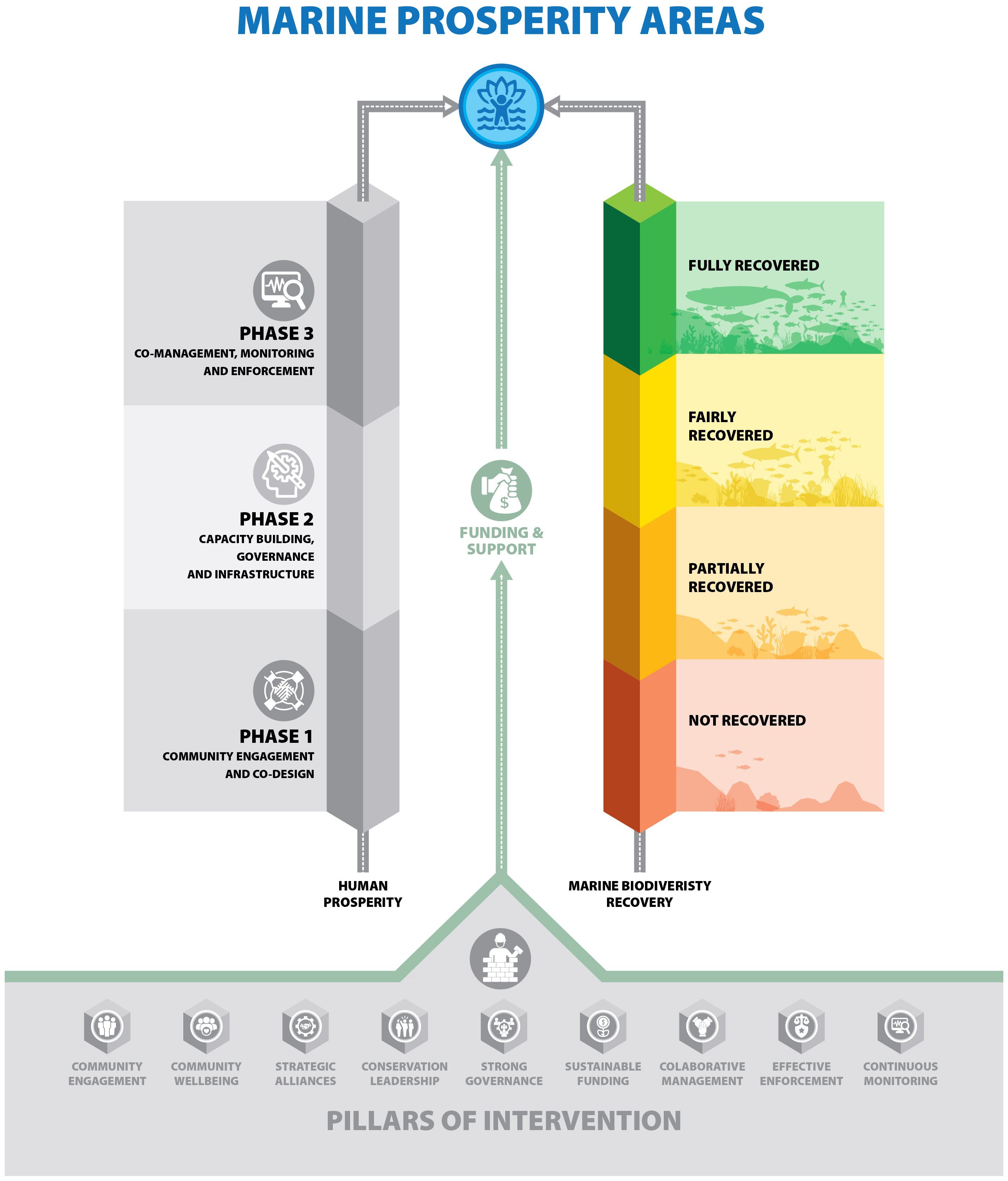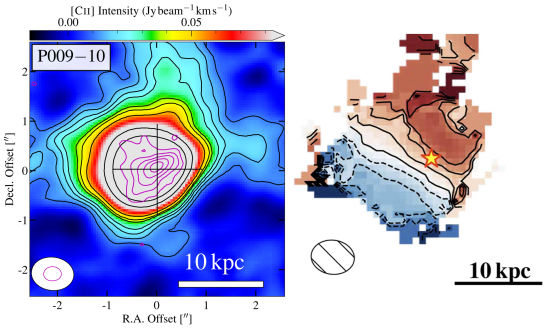2025-02-13 カリフォルニア大学アーバイン校 (UCI)
<関連情報>
- https://news.uci.edu/2025/02/13/uc-irvine-astronomers-gauge-livability-of-exoplanets-orbiting-white-dwarf-stars/
- https://iopscience.iop.org/article/10.3847/1538-4357/ad9827
主系列系太陽系外惑星と比較した居住可能な白色矮星の表面温度の上昇 Increased Surface Temperatures of Habitable White Dwarf Worlds Relative to Main-sequence Exoplanets
Aomawa L. Shields, Eric T. Wolf, Eric Agol, and Pier-Emmanuel Tremblay
The Astrophysical Journal Published: 2025 January 16
DOI:10.3847/1538-4357/ad9827

Abstract
Discoveries of giant planet candidates orbiting white dwarf (WD) stars and the demonstrated capabilities of the James Webb Space Telescope bring the possibility of detecting rocky planets in the habitable zones (HZs) of WDs into pertinent focus. We present simulations of an aqua planet with an Earth-like atmospheric composition and incident stellar insolation orbiting in the HZ of two different types of stars—a 5000 K WD and main-sequence K-dwarf star Kepler-62 (K62) with a similar effective temperature—and identify the mechanisms responsible for the two differing planetary climates. The synchronously rotating WD planet’s global mean surface temperature is 25 K higher than that of the synchronously rotating planet orbiting K62, due to its much faster (10 hr) rotation and orbital period. This ultrafast rotation generates strong zonal winds and meridional flux of zonal momentum, stretching out and homogenizing the scale of atmospheric circulation, and preventing an equivalent buildup of thick, liquid water clouds on the dayside of the planet compared to the synchronous planet orbiting K62, while also transporting heat equatorward from higher latitudes. White dwarfs may therefore present amenable environments for life on planets formed within or migrated to their HZs, generating warmer surface environments than those of planets with main-sequence hosts to compensate for an ever shrinking incident stellar flux.



